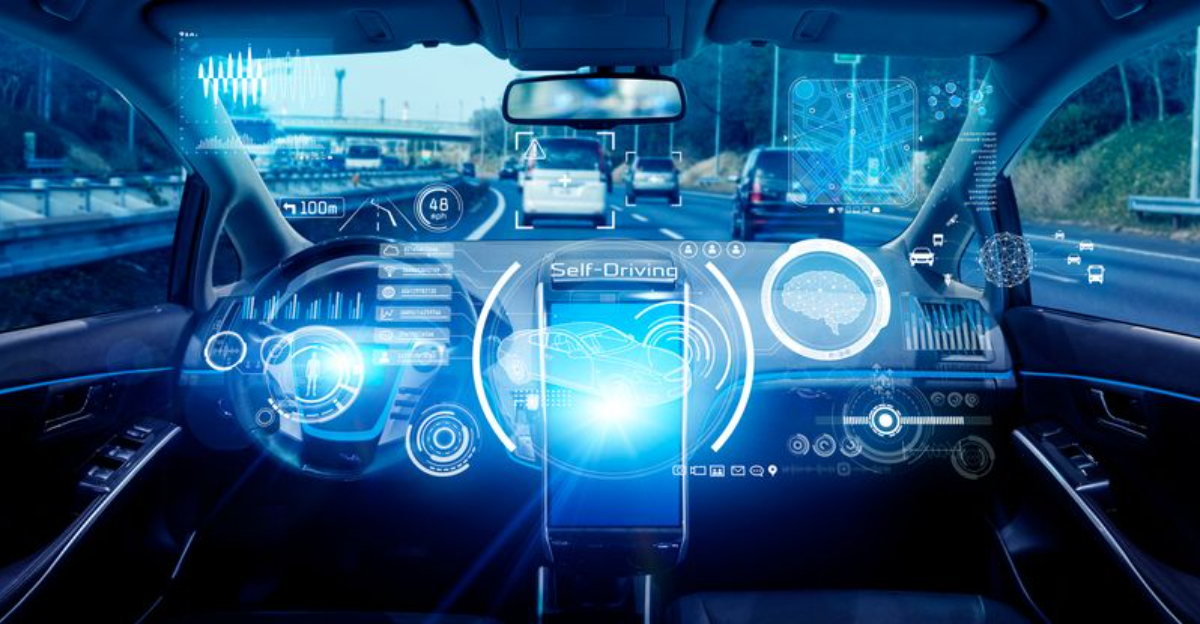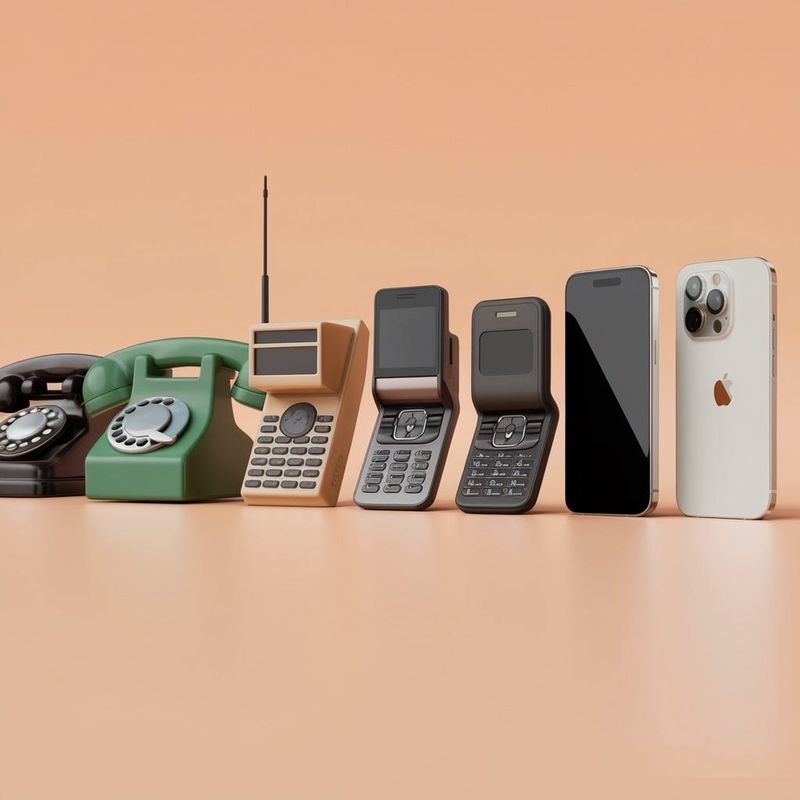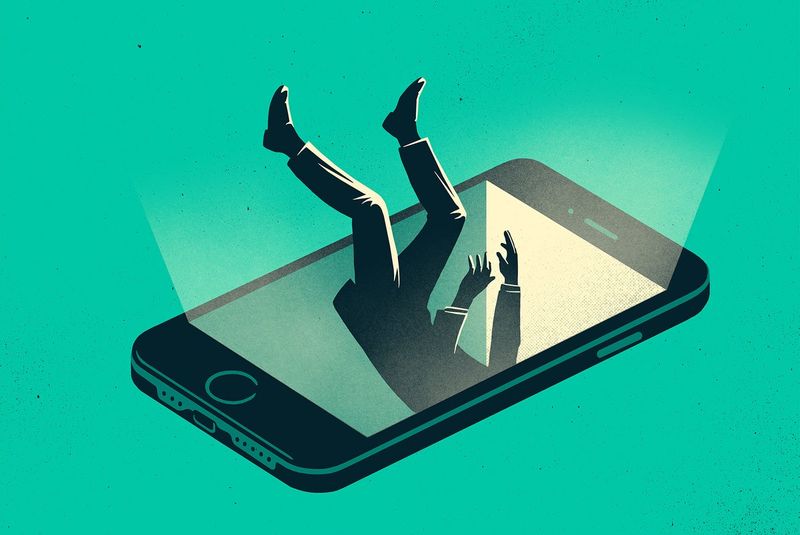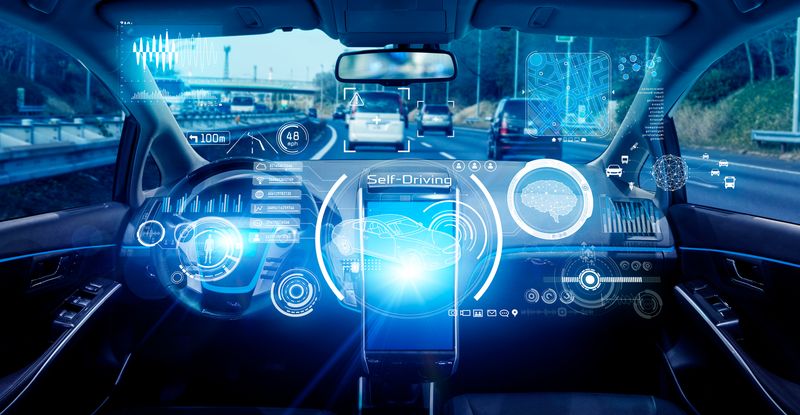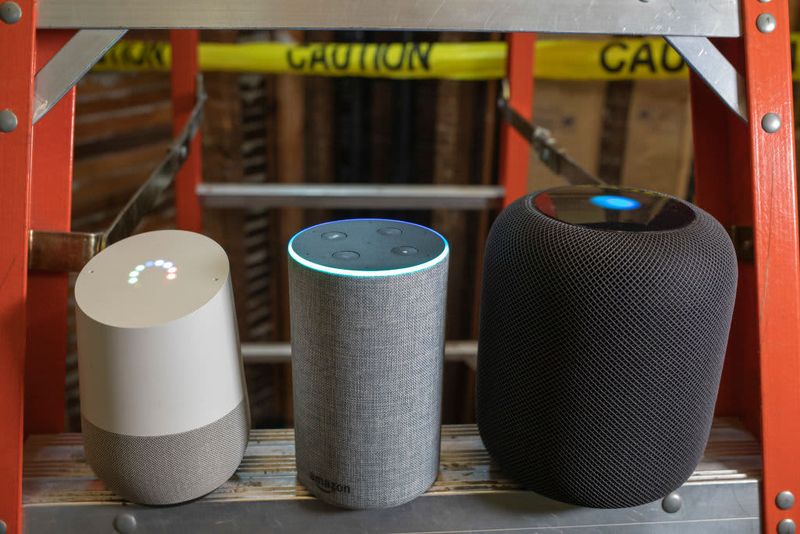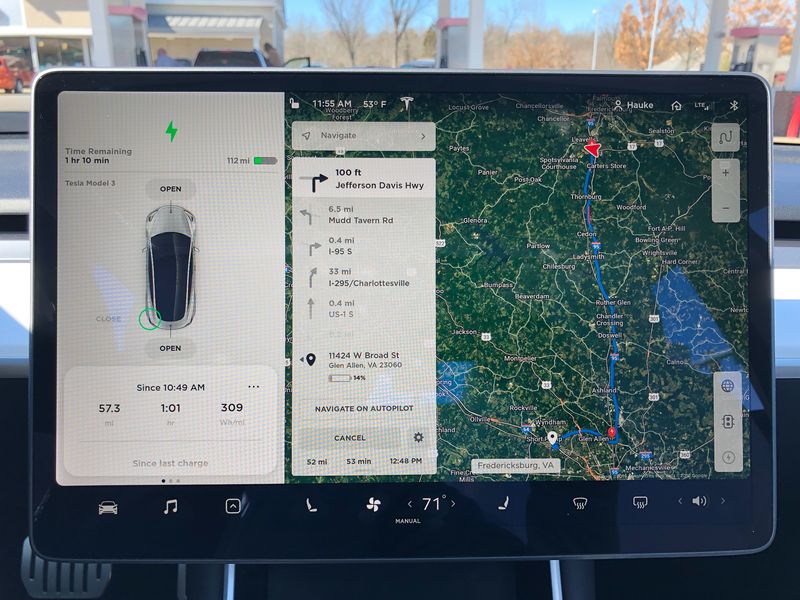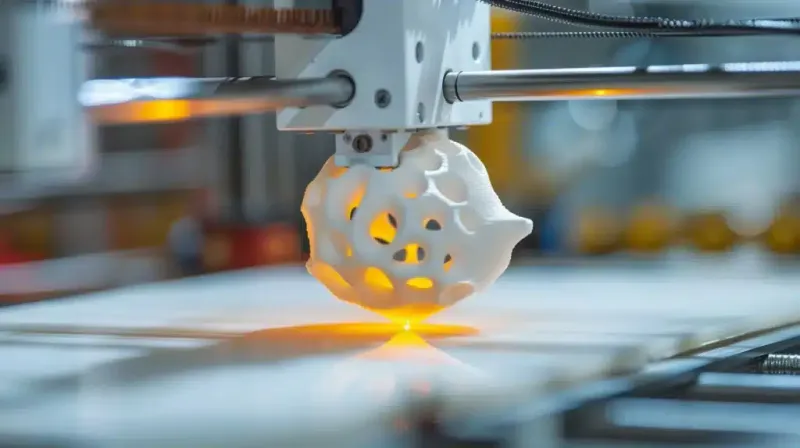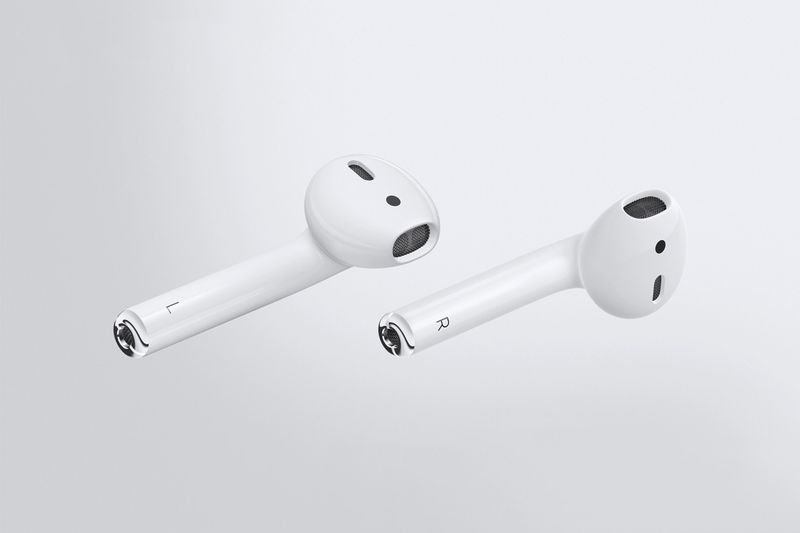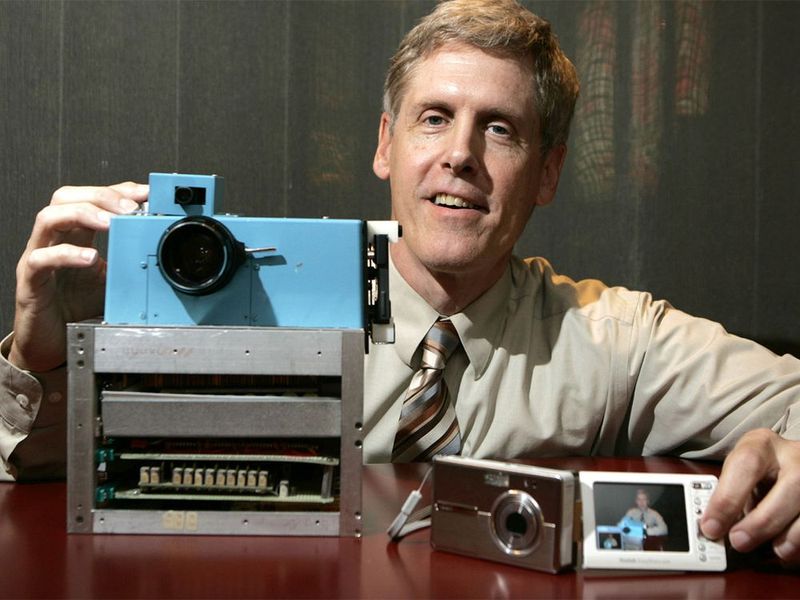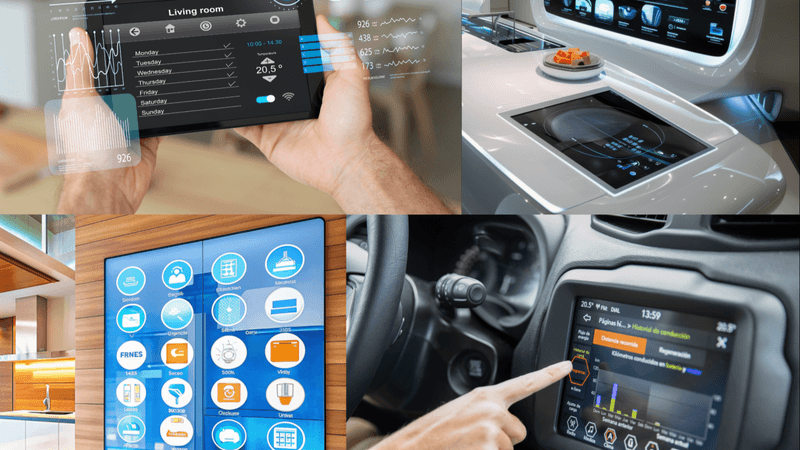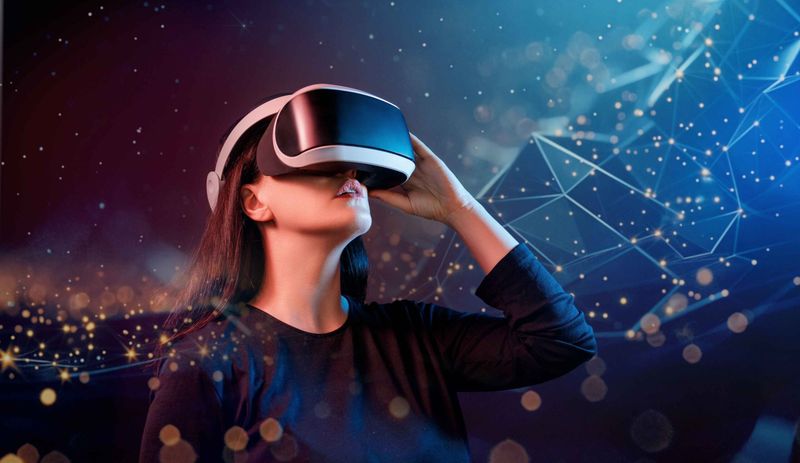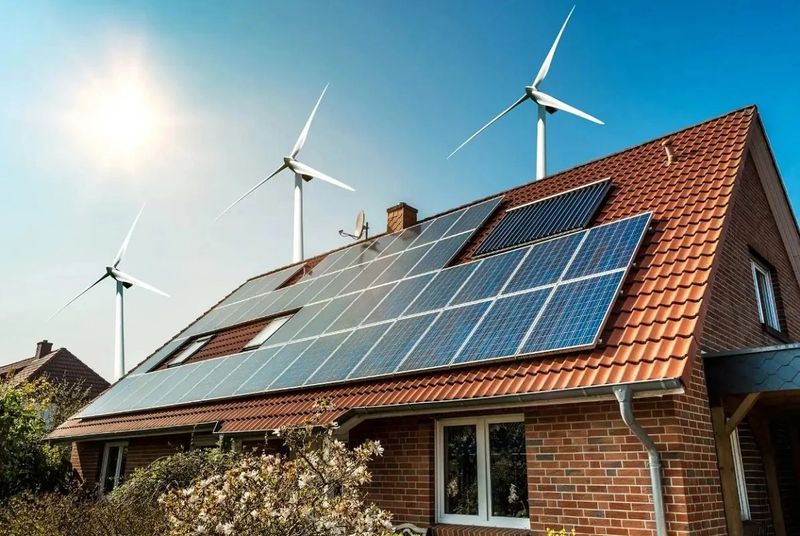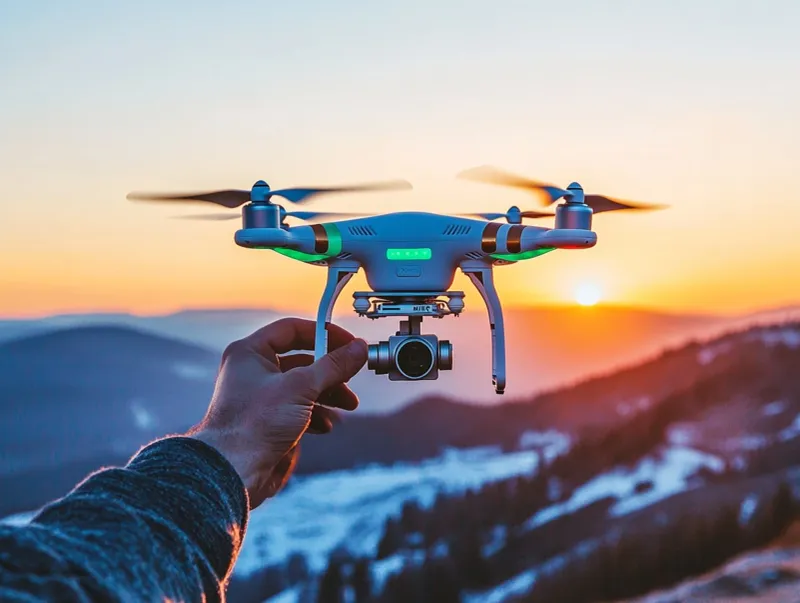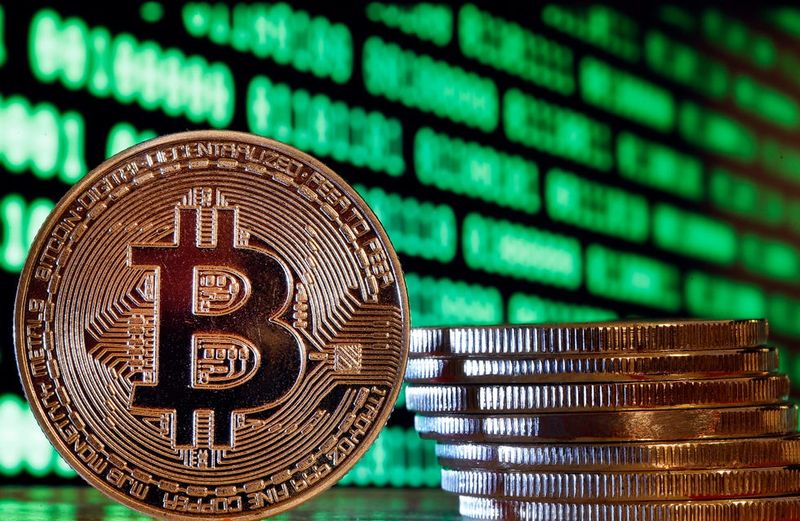Remember the 80s? Big hair, neon clothes, and technology that seems ancient by today’s standards. Back then, having a personal computer or portable music player was cutting-edge. The gap between 1980s technology and what we use daily now is absolutely mind-boggling. If you could time travel and show these modern gadgets to someone from the 80s, they’d probably think you came from a sci-fi movie!
1. Smartphones: Computers in Our Pockets
A single device that makes calls, takes photos, plays music, shows movies, and connects to a global information network would have seemed impossible in the 80s. Back then, mobile phones were bulky bricks that only made calls and cost thousands.
The processing power in today’s average smartphone exceeds what NASA used for the entire Apollo moon mission. People in the 80s would be stunned to see how we casually scroll through apps, video chat with friends across the world, or ask our phones questions and get instant answers.
The idea that most people would carry these powerful mini-computers everywhere would have been straight out of Star Trek!
2. Social Media: The Global Town Square
Imagine explaining to someone from 1985 that billions of people would share their daily lives on digital platforms visible to the entire world. They’d be shocked at how we broadcast our thoughts, photos, and activities to hundreds or thousands of people instantly.
The concept of influencers making millions by sharing content would be particularly mind-blowing. In the 80s, only TV stars and musicians had that kind of reach.
Even more surprising would be how social media has reshaped politics, business, and social movements. The ability to organize protests or spread information without traditional gatekeepers would seem revolutionary to people from an era of three TV channels and print newspapers.
3. Streaming Services: Unlimited Entertainment On Demand
The VHS rental shop was the height of convenience in the 80s. People would drive to stores like Blockbuster, hoping the movie they wanted wasn’t already rented out. Now we have virtually unlimited entertainment options available instantly.
Explaining to someone from 1985 that you can watch almost any movie or TV show ever made with a few taps would sound like fantasy. The idea of binge-watching entire seasons in one sitting would be equally foreign.
Netflix began as a DVD-by-mail service in 1997, but has transformed how we consume entertainment. The concept of algorithms suggesting what to watch next based on viewing habits would have seemed eerily futuristic to 80s folks.
4. Electric Vehicles: The Silent Revolution
Cars that run without gas? In the 1980s, electric vehicles were clunky prototypes that couldn’t go far or fast. Today’s sleek Teslas and other EVs would look like spaceships to people from that era.
The performance would shock them even more. Many electric cars now outpace traditional sports cars in acceleration. Some models can travel over 300 miles on a single charge – unimaginable in the 80s when electric cars struggled to go 50 miles.
Self-driving features would be the biggest surprise. Cars that park themselves, change lanes automatically, and can potentially drive without human input would seem like science fiction made real to someone who grew up with carburetors and manual transmissions.
5. Video Calls: Face-to-Face From Anywhere
Video calling was pure science fiction in the 1980s, appearing only in movies like Blade Runner and Back to the Future II. Making international calls was expensive and sound quality was often terrible – seeing the person was unimaginable for everyday use.
Today, we casually FaceTime grandparents, have work meetings with colleagues across continents, and stay connected with friends worldwide through video. The pandemic made video calls essential, with platforms like Zoom becoming household names overnight.
The ability to not just hear but see someone on the other side of the world in real-time, using a device that fits in your pocket, would have seemed like magic to people in the pre-internet era.
6. Voice Assistants: Talking Computers That Listen
“Computer, lights!” In the 80s, this command only worked on Star Trek. Today, millions of homes have devices that respond to voice commands, playing music, answering questions, controlling appliances, and managing schedules.
Alexa, Siri, and Google Assistant would seem almost supernatural to someone from the Reagan era. The natural language processing that allows these assistants to understand different accents, dialects, and conversational speech represents computing power that filled entire rooms in the 80s.
Even more impressive is how these assistants learn and adapt to individual users. The concept of artificial intelligence living in your home, constantly improving through machine learning, would have been considered far-fetched even in sci-fi circles.
7. GPS Navigation: Never Lost Again
Remember folding maps and asking for directions? In the 80s, navigation meant paper maps that never folded back correctly and planning routes before leaving home. Getting lost was a common experience.
The military had early GPS in the 80s, but civilian use was limited and devices were huge. Today’s turn-by-turn directions on smartphones would seem magical to people who grew up with road atlases in their glove compartments.
The real-time traffic updates, alternate route suggestions, and street-view previews would be mind-blowing additions. The idea that satellites orbiting Earth are constantly tracking your location to help you find the nearest coffee shop would have sounded both amazing and slightly terrifying to someone from 1985.
8. 3D Printing: Manufacturing at Home
Creating physical objects with a printer? In the 80s, dot matrix printers were struggling just to print readable text. The concept of a machine that could fabricate three-dimensional objects layer by layer would have seemed impossible.
Today’s 3D printers can create everything from toys to prosthetic limbs. Some can even print using materials like metal, chocolate, or living cells. The medical applications alone would amaze 80s minds – printing custom implants, tissue samples, or even experimental organs.
The democratization of manufacturing this represents would be revolutionary to people from an era when production was strictly industrial. The idea that average people could design and create physical products at home would have changed how we think about manufacturing and creativity.
9. Wireless Earbuds: Invisible Music
The Walkman was revolutionary in the 80s, but those yellow foam headphones and tangled wires were a constant hassle. Tiny wireless earbuds that deliver high-quality sound would seem impossibly futuristic.
AirPods and similar wireless earbuds pack amazing technology into tiny packages. They include microphones for calls, touch controls, noise cancellation, and hours of battery life. Some even translate foreign languages in real-time or monitor health data.
The wireless freedom these provide would have been especially impressive to 80s music lovers who dealt with cassettes that needed rewinding and headphone cords that constantly caught on doorknobs. The seamless integration with voice assistants would make them seem like something from a spy movie.
10. Cloud Storage: Infinite Memory
In the 80s, storing 1MB of data required a floppy disk the size of your hand. Explaining to someone from that era that we now store terabytes of data on invisible servers accessed through the internet would be mind-bending.
The concept of having all your photos, music, documents, and videos available on any device, anywhere in the world, would seem like science fiction. In 1980, IBM’s first gigabyte hard drive weighed 550 pounds and cost $40,000.
Today’s cloud services offer more storage than entire 1980s corporations had, often for free. The idea that average people would have access to essentially unlimited storage would completely change how people from the 80s thought about preserving memories and information.
11. Digital Photography: Instant Results
Remember waiting days or weeks to see your vacation photos? In the 80s, photography meant buying film, carefully taking limited shots, then paying for development without knowing if any turned out well.
Digital cameras existed in the 80s, but they were primitive and incredibly expensive. The first consumer digital camera, the Dycam Model 1, wasn’t released until 1990 and captured black and white images at 0.1 megapixels.
Today’s smartphone cameras outperform professional equipment from that era. The ability to take thousands of high-resolution photos, see them instantly, edit them on the same device, and share them worldwide within seconds would have revolutionized how people from the 80s thought about capturing memories.
12. Online Shopping: The Global Marketplace
Mall culture peaked in the 1980s. Shopping meant physically visiting stores, with limited selection based on what local retailers carried. The concept of ordering virtually anything from anywhere in the world would have been revolutionary.
Amazon started as an online bookstore in 1994, but has transformed into a marketplace where you can buy almost anything with one-day delivery. The idea of comparing prices across dozens of stores instantly or reading reviews from other customers would change how 80s shoppers made decisions.
Even more mind-blowing would be services that deliver groceries, restaurant meals, or household items within hours. The convenience of never leaving home to shop would seem like an impossible luxury to people who stood in checkout lines and carried heavy shopping bags.
13. Touchscreens: The Disappearing Interface
Computers in the 80s had keyboards, mice, and command lines. The graphical user interface was new and revolutionary. Touchscreens existed only in science fiction or extremely expensive specialized equipment.
Today, we interact with touchscreens constantly – pinching, swiping, and tapping as naturally as breathing. Children learn to use tablets before they can read. The intuitive nature of touch interfaces would have amazed people accustomed to typing commands.
Multi-touch technology that recognizes multiple fingers simultaneously would seem particularly magical. Features like fingerprint recognition or face ID for security would have seemed like spy technology from movies. The seamless glass screens we take for granted represent a complete reimagining of how humans interact with machines.
14. Virtual Reality: Stepping Into Other Worlds
Early VR experiments existed in the 80s, but they were clunky, low-resolution, and accessible only in research labs. Modern VR headsets that transport users to realistic 3D environments would seem like a portal to another dimension.
The applications would be especially surprising. Beyond gaming, VR is used for therapy, training surgeons, architectural design, and virtual tourism. The ability to walk through ancient Rome or climb Mount Everest from your living room would captivate 80s imaginations.
The technological leap is enormous. 1980s computers struggled to render simple 2D graphics. Today’s VR systems create immersive worlds with physics engines, spatial audio, and motion tracking that responds to your movements in milliseconds. The sensory experience would be unlike anything available in that era.
15. Renewable Energy: Harnessing Nature Efficiently
Solar panels existed in the 1980s, but they were inefficient, expensive, and rare. Wind turbines were smaller and generated minimal power. The scale and efficiency of today’s renewable energy would amaze people from that era.
Modern solar farms can power entire cities. Wind turbines have grown from 50kW to 14MW – a 280-fold increase in generating capacity. The dramatic drop in cost would be equally surprising, with solar power now cheaper than fossil fuels in many regions.
Home renewable systems would seem particularly revolutionary. The idea of houses generating their own electricity and even selling excess back to the grid would change how people from the 80s thought about energy. Battery storage systems that power homes during outages would seem like technology from another century.
16. Genetic Testing: Reading Our Own Code
The Human Genome Project began in 1990 and took 13 years and $3 billion to sequence one human genome. Today, you can mail a saliva sample and get your DNA analyzed for under $100 in weeks.
Consumer genetic testing that reveals ancestry, health predispositions, and traits would seem like science fiction to people from the 80s. The ability to trace your heritage to specific regions or discover distant relatives through DNA matching wasn’t remotely possible then.
Medical applications would be even more impressive. Doctors can now sequence a patient’s tumor to personalize cancer treatment or test unborn babies for genetic conditions non-invasively. CRISPR gene editing technology that can potentially correct genetic diseases would seem like something from a distant future to someone from 1985.
17. Drones: Flying Robots Everywhere
Remote-controlled aircraft existed in the 80s as expensive hobbyist toys with limited capabilities. Today’s drones with stabilized 4K cameras, obstacle avoidance, and autonomous flight modes would seem like military technology to people from that era.
The applications would be equally surprising. Drones now deliver packages, inspect infrastructure, monitor crops, search for missing people, and capture breathtaking aerial footage that once required helicopters. Some can follow you automatically while filming your activities.
The accessibility would be most shocking. In the 80s, aerial photography required hiring a plane or helicopter at enormous expense. Today, anyone can capture professional-quality aerial shots for a few hundred dollars. The idea that these flying robots would become common consumer devices would have seemed improbable to all but the most forward-thinking futurists.
18. Wearable Technology: Computers on Our Bodies
Digital watches were high-tech in the 80s. Today’s smartwatches pack more computing power than the machines that ran entire businesses back then. They track health metrics, display notifications, make payments, and run apps – all from your wrist.
Health-focused wearables would be particularly impressive. Devices that continuously monitor heart rate, sleep patterns, blood oxygen, and even take ECGs would seem like medical science fiction. The ability to detect falls or irregular heartbeats and automatically call for help could have saved countless lives.
The expanding universe of wearables goes beyond watches to smart rings, clothing with embedded sensors, and augmented reality glasses. The concept of technology becoming part of what we wear rather than something we use would represent a fundamental shift in how 80s people understood computing.
19. Digital Assistants: AI in Our Homes
Science fiction of the 80s imagined talking computers, but the reality of today’s AI assistants would still be shocking. The natural language processing that allows these systems to understand casual speech, accents, and context was barely theoretical then.
Smart homes controlled by voice would seem magical. Asking an invisible assistant to adjust your thermostat, lock doors, turn on lights, or order groceries would be like having a digital butler. The interconnectedness of these systems would be particularly impressive.
What would really blow 80s minds is how these assistants learn and improve over time through machine learning. The idea that your home devices would gradually understand your preferences, anticipate your needs, and become more helpful through artificial intelligence would have seemed both exciting and slightly unsettling.
20. Cryptocurrency: Digital Money Revolution
Money in the 80s was physical cash or maybe a credit card. The concept of purely digital currency existing only as entries in a decentralized ledger would be hard to comprehend. Bitcoin, launched in 2009, created an entirely new asset class.
The blockchain technology underlying cryptocurrencies would seem particularly revolutionary. A system that enables secure transactions without banks or governments as intermediaries would challenge fundamental assumptions about how money works.
The scale would be equally surprising. Bitcoin reached a market cap of over $1 trillion at its peak – more than the GDP of most countries. The idea that digital tokens with no physical form could become so valuable would seem impossible to someone from an era when banking required visiting a physical branch during business hours.
